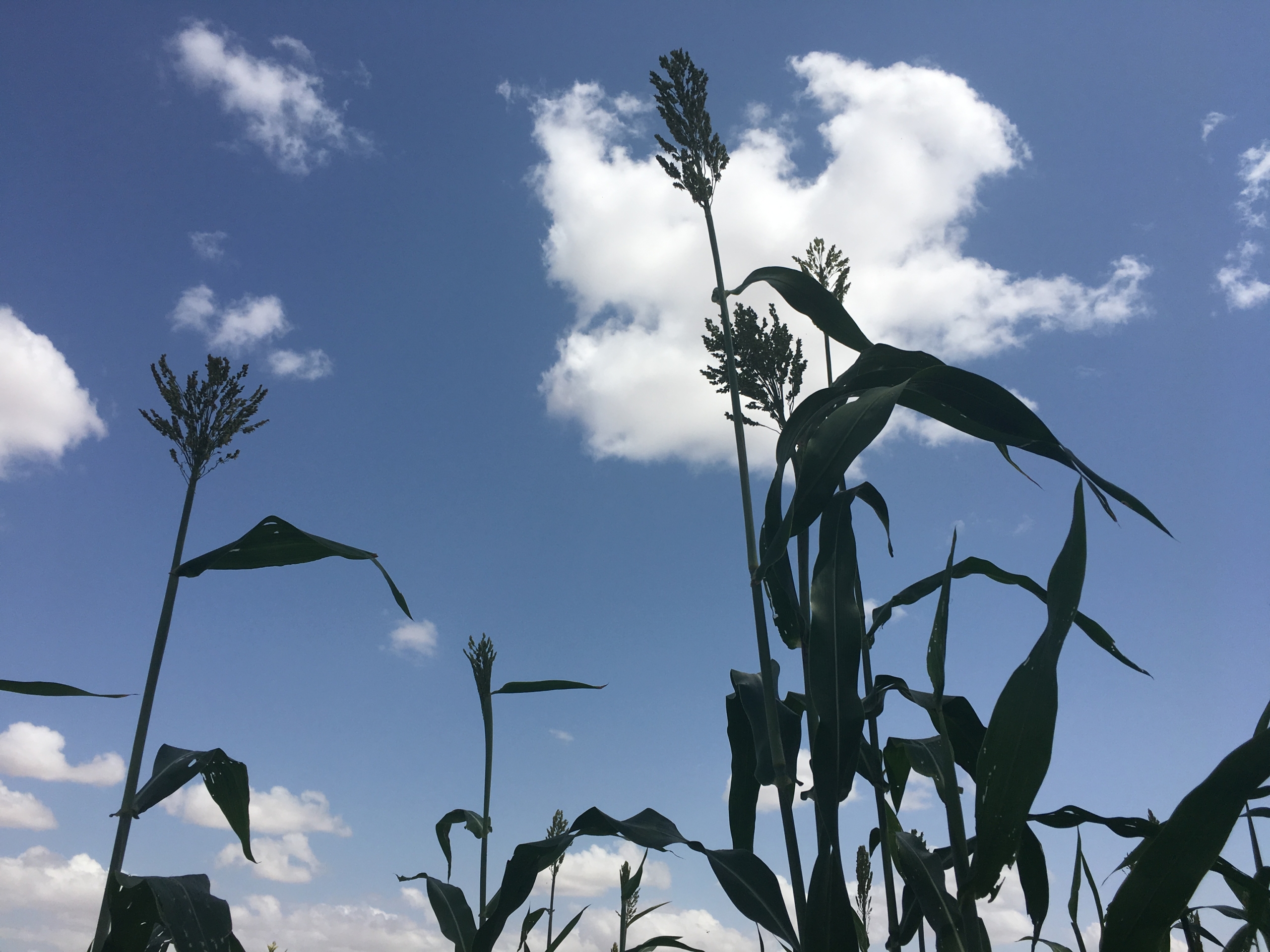Agricultural extension, then and now
Martin Adams
18 April 2013
/
- 0 Comments
In January’s newsletter, Mokoro’s Stephen Turner reflected on agricultural extension in Africa. Here Ray Purcell and Martin Adams provide their responses to these articles. If you have any responses to articles in this edition that you would like to be included in the next newsletter, please email us.
Ray Purcell
“I think Stephen picked up on the big historic shift overall which is to the increased role for non-government and private farmer extension (providing generic messages) and advisory (providing customised) services. This shift has of course been more extreme in rich countries since the 1980s. The UK has its privately owned ADAS as the counterpart to the Danish cooperative-based system. In developing countries with mainly subsistence-based agricultural economies, Uganda was an early mover (1991) in introducing a public (financed): private (delivery) model for disbursing funds (mostly supported by EU, DFID and WB donor funding) to allow farmers to apply for (demand-led) extension/advisory services. This has not been enough of a success for it to have been widely adopted elsewhere. In fact, I recently heard via Kit’s CABRI study1, that the Uganda Government is seriously considering winding up its effort and spending the money on Savings and Credit Cooperatives instead.
As Stephen points out, countries with significant cash as well as subsistence production such as South Africa and Kenya have a spectrum of public and private extension/advisory services. Rwanda, where I have been recently, is probably akin to Ethiopia on this as it is in many respects, and contrary to its rhetoric of providing farmer choice, it essentially has a command and control system where farmers are “encouraged”, i.e. told, what to grow by the local extension service in combination with local government.
For the still mostly semi-subsistence agricultural economies of much of sub-Saharan Africa, the challenge with extension, and indeed with farmer input support programmes (i.e. supplying improved seed and fertiliser on credit) which have been applied recently in Malawi, Zambia and Rwanda, has always been about the sustainability of moving to self-financing systems. At the end of the day, in many instances, the incremental benefits are perceived by farmers not to match the fees charged, given the high risk environments in which farmers have to operate.
There’s a lot of talk among SSA governments about modernising and commercialising agriculture (hence the large-scale distribution of land to private foreign operators, sometimes referred to as the “land grab”), and semi-subsistence agriculture is definitely not “cool” these days with African governments who set a premium on being “modern”. But commercialising agriculture in ways that touches swathes of semi-subsistence farmers is easier said than done – we have been trying for decades. And to abandon subsistence farmers altogether carries some political risk, even for the Ethiopias and Rwandas. My guess is there will probably some form of low-key and essentially free government agricultural extension services in many SSA countries for some time yet.”
Martin Adams
“It was interesting to read Stephen Turner’s thoughtful piece on state agricultural extension services (Mokoro Newsletter January 2013), which starts with the provocative question – would they be missed if they didn’t exist? Over the years, I have asked myself the same question, while trying to separate two issues, namely (a) agricultural extension as a service, a ‘public good’ provided by the state and (b) agricultural extension as an activity per se. There is an emerging consensus that, while private advisory services are increasingly available for commercial producers who have signed up to receive them, the state still has a responsibility to provide an extension service for the rural poor, notwithstanding the challenges of design and implementation, public funding and operational management. After decades of failing state agricultural extension, a fundamental reorientation of services is long overdue. But for how long has this been the case?
My first exposure to state-supported agricultural advisory services was in Kenya at the time of independence in 1963. East African colleagues who had trained with me in Cambridge had returned home to join the public service as district agricultural officers, replacing expatriates. In Kenya, they joined a service that was relatively well-managed and funded in support of African farmers who, under the Swynnerton Plan, were moving into the production of cash crops on private land, crops which had previously been the statutory preserve of the white-settler minority. Aside from the negative impact on the tenure security of the vulnerable, the production benefits were dramatic, particularly coffee. In the period 1967-70, I worked with the Agriculture Department in Fiji in the run-up to Independence and at a time when agricultural advisory services were being rapidly expanded for Fijians engaged in coconut and banana production, two important export crops. Here, the community-development approach to agricultural extension was gaining acceptance, with emphasis on the people as well as their crops; on their cultural needs (e.g. adult literacy), on social welfare and improved public health, as well as directly productive services (input supply, crop and livestock production and marketing). In those heady days, I don’t recall asking myself whether the state should be providing an agricultural extension service.
Back in Kenya in the early 1980s, however, questions about the effectiveness of agricultural extension were definitely being asked. Mokoro was engaged in evaluating a series of integrated agricultural development projects (IADPs) in the country’s arid and semi-arid districts, often as a precondition for further phases of donor funding. An important component of the IADP budgets was the capital cost of the district agricultural extension service – transport, buildings and equipment. I recall the recurring difficulties in relating project inputs to outputs, and outputs to measurable impact, the sometimes fruitless attempts to track down village extension workers, their vehicles and housing, supposedly provided by ‘the project’. I also recall the very tense meetings with officials on the subject.
It was during this period that I was preparing a text book in the Longman’s Intermediate Tropical Agriculture Series on Agricultural Extension. It was aimed at students of agriculture in certificate courses, first year agriculture students at university and agricultural extension workers. It was not to exceed 100 pages. I had been approached by the publisher following a conference on agricultural development, hosted by the University of Reading, in which I had sounded off about my impatience with the so-called ‘extension scientists’ who had popularised Everett Rodgers theory of the Diffusion of Innovations and the bell-shaped curve leading to the pigeon-holing of farmers as ‘innovators’, ‘early adopters’, ‘laggards’, etc. I argued that this was all phooey and that the business of helping farmers to identify, analyse and deal with their production problems should not be wrapped up in such gobbledygook. It turned out that the publisher had recently rejected several drafts of a text book by an American ‘rural sociologist’ on extension science and was desperate to find an author with feet on the ground. For the next few years, I seemed to spend every spare moment reading everything that had been written on the subject of agricultural extension starting with the original use of the word ‘extension’. The first impression was published in 1982 and was reprinted several times over the next ten years. It was translated into a West African language, two south-east Asian languages and into Turkish, for countries where it was used as a text book. In addition, I was flattered to discover a pirated version, apparently printed in Pakistan in 1984, and several times came across proud owners of photocopies. I spent a lot of time deciding on the shaping and order of the book’s contents, which I don’t think I would radically change if I were to start again, except perhaps to cut out the chapter on Adoption and Diffusion of Innovations, instead dedicating a chapter to reaching the rural poor and women, emphasising production with local inputs, for subsistence and for local markets, and for enhancing ‘multiple livelihoods’ thereby reducing risks.”
Download this article
You must be logged in to post a comment.



